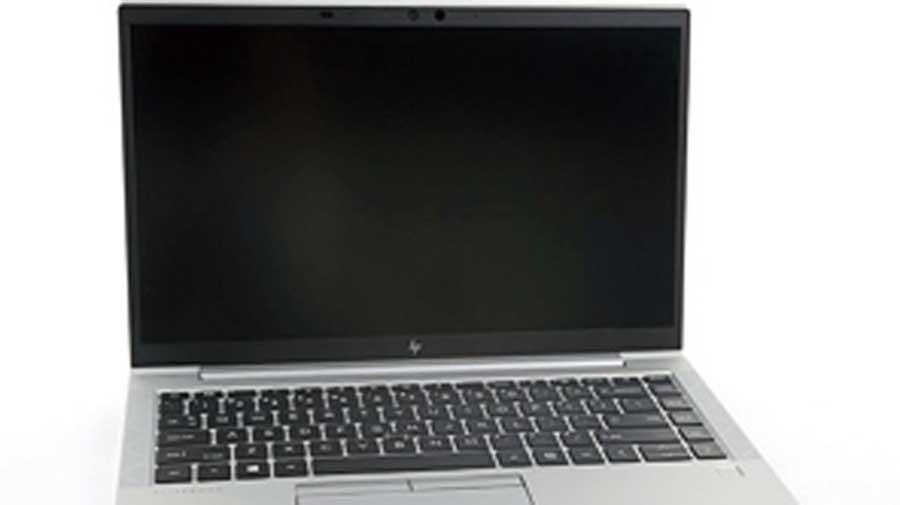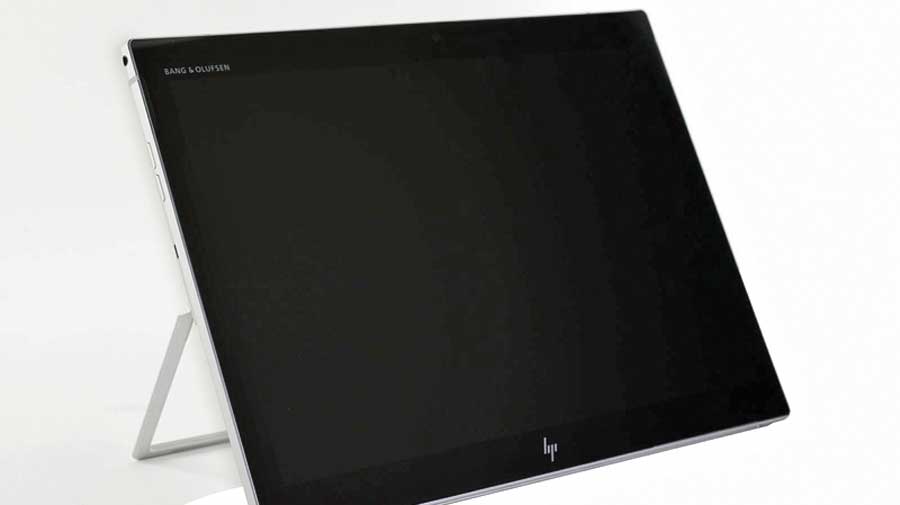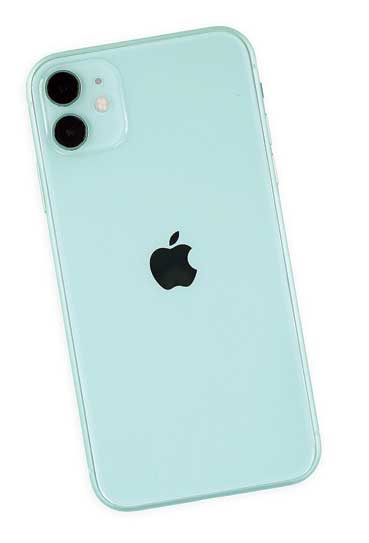You own the latest car, the latest phone, the latest washing machine or even the latest pair of wireless earbuds but ask yourself this question: “Do you really own it?” Owning a product means you can take it to a repair store if the screen breaks or the battery runs dry and get it fixed. But most companies wouldn’t want you to do so. Most brands will make you believe that authorised stores are the only way to go.
After putting up with this for decades, consumers and small repair shop owners are marching forward with a movement that’s called ‘right to repair’. It’s not a law but something one should be able to do after paying a handsome amount for a product. Take the example of wireless earbuds. The best sets cost upwards of Rs 10,000 and you may have a few lying around the house because they stopped working a year or two after purchase. Chances are that the battery has drained out. If you take it to a store and place a repair request, the answer will depend on where you are headed. If it’s an authorised centre then there’s a fair chance of the issue getting fixed but at a price that’s close to that of a new pair of earbuds. If it’s the local repair shop, chances of getting it fixed are low and if you get a positive response, the device may conk out after a couple of months.

...Repair Cafe? It was started in the Netherlands in 2007 by Martine Postma and now there are more than a thousand such “cafes” around the world. The one in Bangalore was started by Antara Mukherji and Purna Sarkar. Their dream is to make broken household items work again and it’s a model that can be followed around the country. What they are doing is helping to reduce wastage, besides being a pastime.
The places where the ‘right to repair’ movement is finding a voice is the US and in Europe. The European Commission announced plans in March 2020 for new right-to-repair rules that would cover phones, tablets, and laptops by this year. But the concern is on the table, globally.
How did we get here?
Most expensive devices bought in the 1950s through to the ’80s came with thick manuals, complete with schematics to show exactly how everything was put together. Many brands took refuge in the fact that their devices were reparable and would last a very long time. I know my first television sets did, so did my refrigerators and cars. Times have changed.
“Not only am I allowed to get into a device but even authorised repair centres cannot get access to schematics and diagrams that show them how devices work, be it the auto industry, the electronics industry, tractor industry…,” said Louis Rossmann, a leading ‘right to repair’ activist, on one of his YouTube videos.
Just to give you an example. John Deere is a famous company when it comes to tractors; it’s like the Mercedes and BMW of tractors. Now, tractors from the company are not just tractors. There is a computer running the show and software to navigate a lot of things. These are tractors that have helped increase productivity. According to The New York Times, the company requires replacement parts to be verified electronically — a process akin to clearing passport control, something many farmers, who constitute a hands-on group, haven’t been happy about. After back-and-fro, John Deere has made some concessions.
Of course, a manufacturer like Apple or Samsung or Tesla can argue that authorised repairmen have better knowledge about things like battery and chips. And it’s manufacturers who need to protect users from fake or reverse-engineered parts to ensure that customer experience remains safe. And that’s a fair point because problems with battery or chip can damage a brand’s reputation.
But that’s not what ‘right to repair’ is about. Nobody is asking for the right to rebuild a company’s device entirely with third-party components or come up with patent-infringing parts. What some leading repair shops are asking for is the right to access OEM (Original Equipment Manufacturer) components and resources to repair devices when required.
Are things improving?
In a world where there’s no single perfect answer to ‘right to repair’, it’s about improving consumer choice and freedom. Some companies are taking active steps, like Apple has announced the expansion of its Independent Repair Provider programme in more than 200 countries, nearly every country where Apple products are sold. The programme was launched in 2019 and it was first expanded to Europe and Canada last year to providers of all sizes for “access to genuine Apple parts, tools, repair manuals, and diagnostics to offer safe and reliable repairs for Apple products”.
But there are companies that are pushing out devices, especially phones, with chipsets that are outdated or slow to last only a couple of years. Apple has always been offering the latest chips on their handsets, so as to make them last at least five years and lately, Samsung has taken a similar step which promises users three Android upgrades on certain devices. But there are brands pushing out chips that won’t last you more than 1.5 years, forcing you to add to e-waste and no amount of “repair” will help.
In 1932, American real estate broker Bernard London published his essay Ending the Depression Through Planned Obsolescence to offer a solution in which goods had short lifespans, making people buy more goods, which would give an impetus to production. That was soon after the Era of Depression. But what we are now seeing is bad obsolescence, which is like bad cholesterol. There are so many devices we are buying every year that can be repaired to last longer and not become a part of landfill. Think of the latest television set or the latest laptop in which parts are integrated; these machines work faster but are not very good at supporting upgrades or repair. What if a law is introduced to penalise manufacturers for unwanted e-waste? Will it make them go back to making longer-lasting stuff? We’re living in an era when there is a bit of electronics in everything. So, before buying a new phone ask yourself if you really need a new phone and if you do, go for an option that will last more than a couple of years.
At the same time, advanced medical technologies shouldn’t be opened up to uncertified technicians, which can become a cybersecurity threat or malfunction, leading to inaccurate test results. But consumer technology brands need to look at the benefit of campaigns in which gadgets can be touted to last years without ending up filling e-waste landfills. It’s time consumer tech brands identified areas where repairability wouldn’t be frowned upon.
Easiest to repair
iFixIt is a well-known American e-commerce and how-to website that sells repair parts and publishes free online repair guides for consumer electronics and gadgets. According to them, these are some of the easy-to-fix devices:

Laptops: Many of the models in the HP EliteBook series have a high score of seven and above. EliteBook 840 G6 enjoys a perfect 10.
Laptops: Many of the models in the HP EliteBook series have a high score of seven and above. EliteBook 840 G6 enjoys a perfect 10.

Tablets and notebooks: Most HP Elite tablets and a few from Acer have a score of seven and above. Elite x2 G4 has a score of 9.
Tablets and notebooks: Most HP Elite tablets and a few from Acer have a score of seven and above. Elite x2 G4 has a score of 9.

Smartphones: If we are to go by phones released in India in 2019 or later, iPhone 11, iPhone Pro Max and Google Pixel 3a (and XL) have the highest rating in this category with a score of six.











